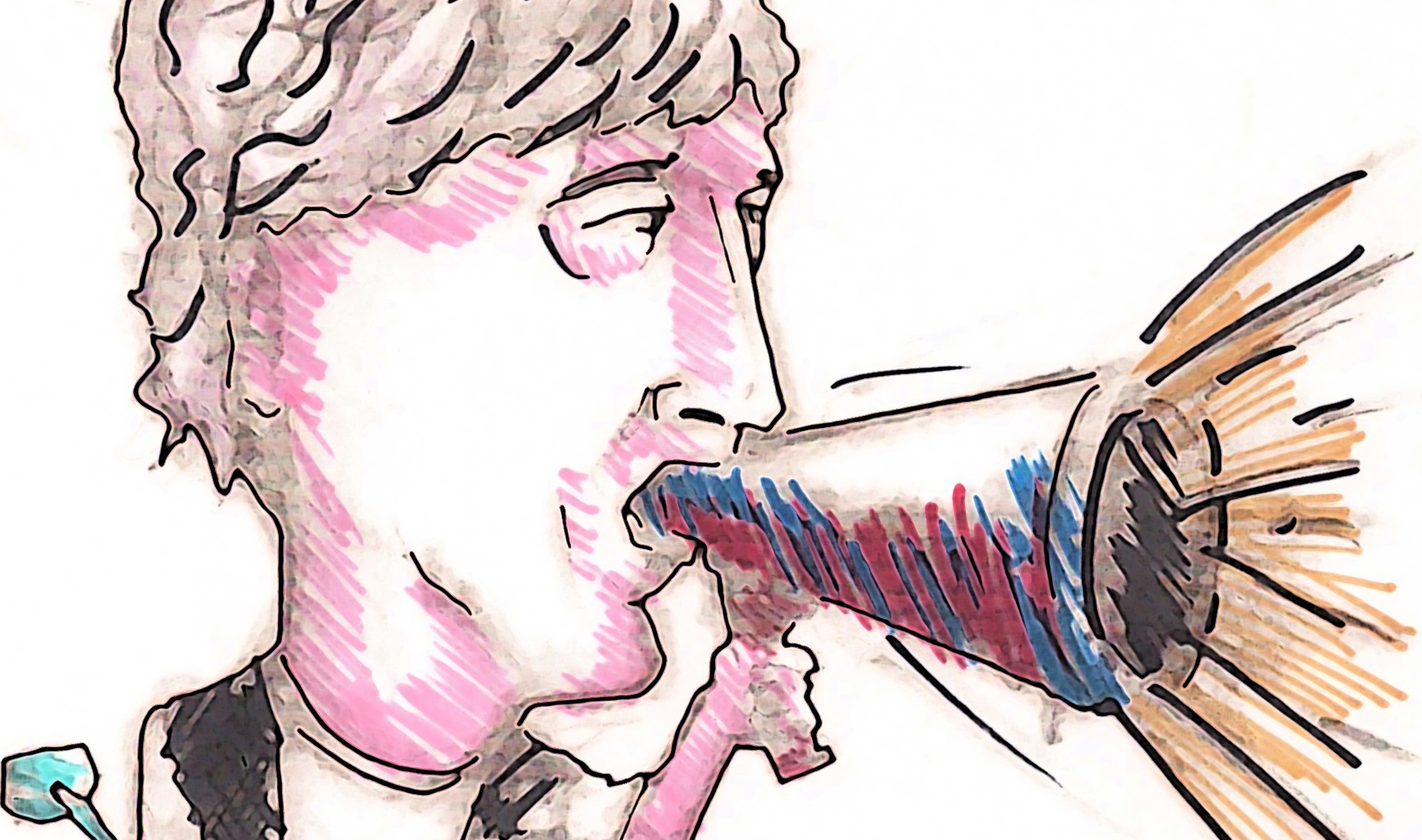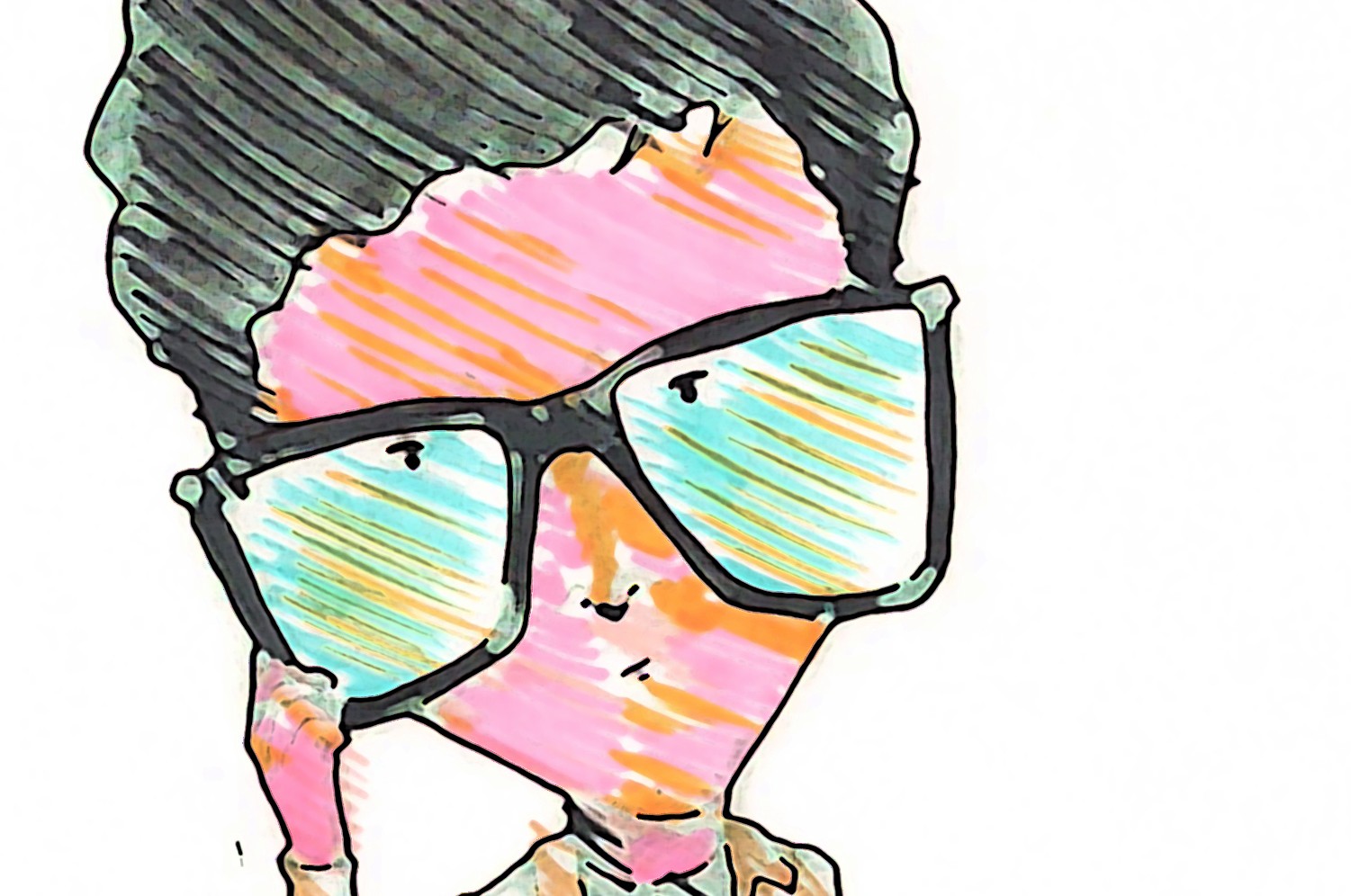Beverly Naidus: Professor, Artist, Activist
A garden where people can come and plant seeds; an unemployment office where an ominous voice declares the futility of looking for work in a society where no one cares; and a bed covered in the nightmares of nuclear war.
These are just a few of the art installations coined “interactivist art” by their creator Beverly Naidus, a renowned artist and UW Tacoma professor. Naidus chooses interactivity as her art medium because it makes her feel as if she is part of a community trying to overcome issues like fear of nuclear war.
“I love getting people to tell their stories,” she said as she described the path that has led her to a career as an activist artist, producing art that portrays the social and environmental injustices of our time.
Naidus did not set out to be an activist, or even to have viewers participate in her art. “I was making work about things that disturbed me,” she said.
Throughout graduate school, as her work began generating recognition, magazine and newspaper articles called her art “activism,” and people told her what an emotional experience her art was to them.
The decision to create interactive art came when she created one of her first installations, a bed covered in a sculpture portraying the aftermath of a nuclear war, and people left notes for her under the pillow. They wrote about having similar nightmares and feeling less alone after seeing her piece. The feedback and interaction made her feel good, and she realized that it could make others feel good too.
Such pieces gained her recognition and prominence in the art world, written about in The New York Times and The Los Angeles Times, and displayed in The Metropolitan Museum of Art. To hear her speak of it, however, these experiences only proved to her that she was not cut out to be a superstar artist.
Naidus found cocktail parties with rich people boring, and did not want her art to simply be displayed on their walls as a status symbol.
Currently, people she displayed with and knew during her time as part of the New York and Los Angeles art worlds are selling their art for hundreds of thousands of dollars, but to her, in a world with so many problems, this seems decadent and out of whack. Naidus was raised in a family with a small amount of privilege, and a large focus on social justice. Privilege and responsibility came hand in hand.
“The idea was that you have to be of service. Otherwise, you’re a parasite,” she said.
Though her father is a chemist and her brother a doctor, Naidus is right brained. From an early age she had an affinity for shapes. She remembers going to the museum with her parents where she would sit and stare in amazement at the displays. Throughout childhood and high school she participated in various art forms including acting, improv, dance, and singing. She was a published poet in high school. Still, when her high school art teacher asked her if she was planning on attending art school she thought he was crazy.
“I need to do something serious with my life,” was her response.
Though she went on to receive her BA in Studio Art from Carleton College and her MFA from the Nova Scotia College of Art and Design, she never got the chance to tell that high school teacher that he had been right.
Now, Naidus is busy enjoying life as a teacher herself. After leaving Los Angeles due to severe environmental illness caused by smog and pesticides, she moved to Massachusetts where she began teaching art part time and recovering from her illness. What she really wanted, though, was a full time art teaching position. So after applying all over the country, and being a finalist eighteen times, she finally ended up at UWT.
“[Beverly has benefited UWT through] her wide-ranging knowledge of social and political concerns that intersect with art, may be the subject of art, and raise questions that artists and members of a variety of communities can explore together – through art,” said Elizabeth Conner, a part time lecturer in the Art Department who has worked with Naidus for six years.
Naidus is currently using these gifts to continue expanding the UWT art program, which has recently attained its own building a block from campus. The hope is that the Arts in Community major, researched and created in large part by Naidus, will be soon be approved, giving students the opportunity to go out into the South Sound and produce socially conscious art.
Naidus hopes that once all of this is organized and running, she will have more time to respond to the many speaking invitations she has received, and produce more art of her own.


